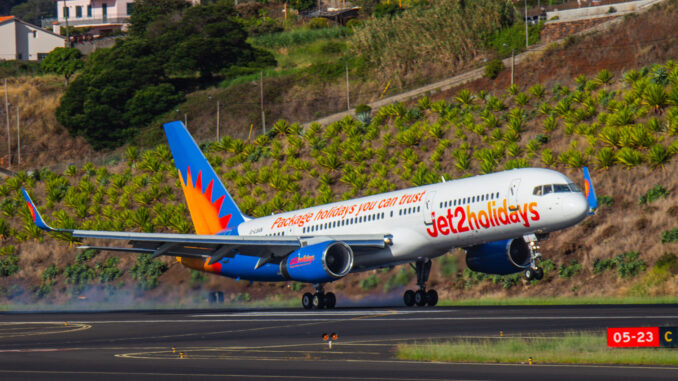
Jet2 (LS/EXS), the last British passenger operator of the Boeing 757, has begun retirement of the mid-range twin-jet as deliveries of the A321neo continue.
The airline has operated the workhorse airliner on holiday routes from the UK with a peak of 13 757s in its fleet. But with an average age of 33.1 years old, the aircraft are being replaced by newer more fuel efficient aircraft.
Many of Jet2’s 757s have had lives with former UK airlines including Britannia (TUI) and Air Scotland as well as with airline worldwide airlines including El Al, China Airlines and Air Europa.
Of the six aircraft still in service in 2024 two were sent to St Athan (DGX) in South Wales this week to be parted out and scrapped.
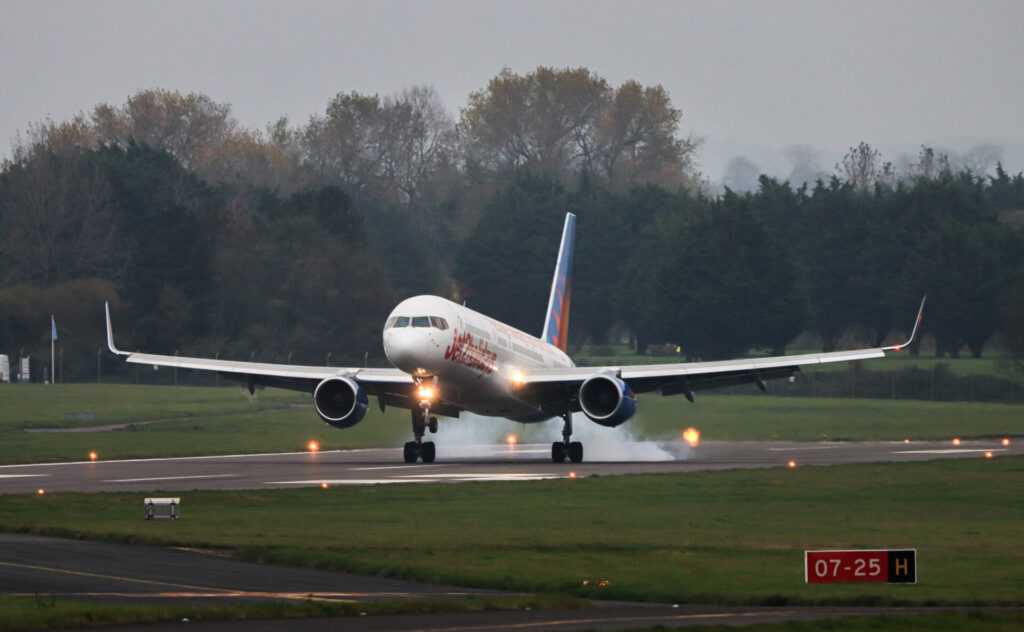
G-LSAC was the first to head to St Athan followed by G-LSAJ. G-LSAN is due to arrive at St Athan on Monday.
The next arrival in St Athan after that is on the 28th December when G-LSAK meets its fate.
G-LSAI and G-LSAE are due to carryout their last and final Jet2 757 flights on the 4th and 5th of January respectively bringing the era of the 757 with British Airlines to a close.
G-LSAE, the final 757 to operate, started life when it was delivered to Air Holland in 1988. it was retired by Air Holland in 2002 before being sold to an aviation leasing company. After a brief period with Air Slovakia the aircraft joined Jet2 in 2006 where it became Jet2 Murcia.
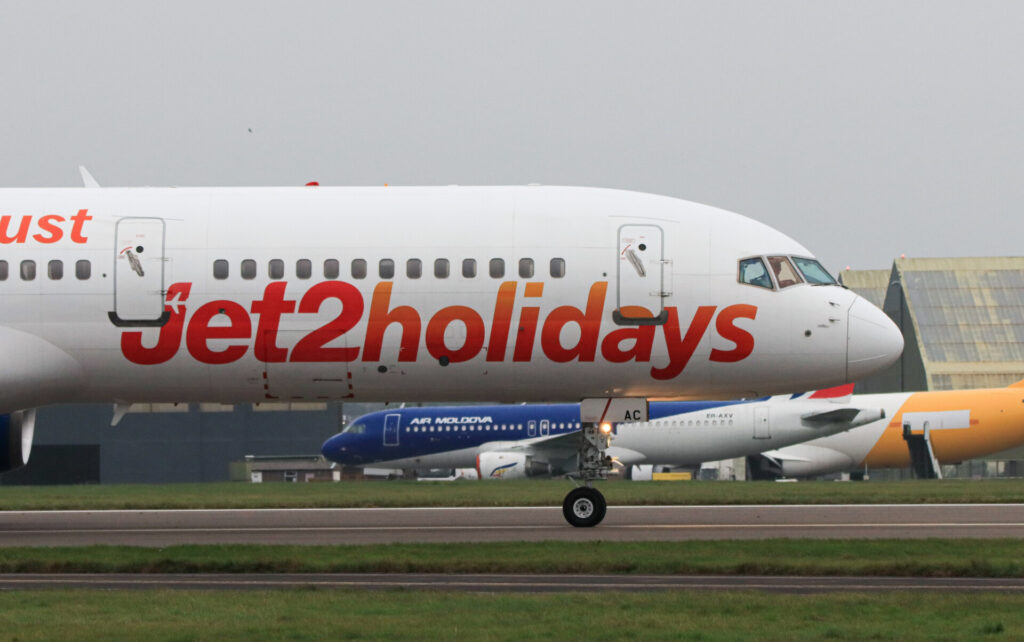
Boeing 757-200 Factsheet
General Overview
- The Boeing 757-200 is a narrow-body, twin-engine jet airliner produced by Boeing Commercial Airplanes.
- It was designed for medium-range, transcontinental flights and is highly regarded for its efficiency, versatility, and high-performance capabilities.
- The aircraft entered service in 1983 with Eastern Air Lines and quickly became popular for its ability to operate on both short and long-haul routes.
Specifications
- Length: 155 feet, 3 inches (47.32 meters)
- Wingspan: 124 feet, 10 inches (38.05 meters)
- Height: 44 feet, 6 inches (13.56 meters)
- Cabin Width: 11 feet, 7 inches (3.54 meters)
- Maximum Takeoff Weight (MTOW): 255,000 lbs (115,680 kg)
- Maximum Landing Weight (MLW): 198,000 lbs (89,810 kg)
- Empty Weight: Approximately 127,520 lbs (57,860 kg)
- Fuel Capacity: 11,489 gallons (43,490 liters)
Performance
- Engines: Typically powered by either Pratt & Whitney PW2000 or Rolls-Royce RB211-535 engines
- Range: 3,915 nautical miles (7,250 kilometers)
- Maximum Cruising Speed: Mach 0.80 (530 mph or 850 km/h)
- Service Ceiling: 42,000 feet (12,800 meters)
- Climb Rate: Approximately 3,000 feet per minute at standard conditions
Seating and Cabin
- Seating Capacity: Varies based on airline configuration
- Typical two-class configuration: 200 passengers
- High-density configuration: Up to 239 passengers
- Crew: 2 flight crew members (pilot and co-pilot) + cabin crew
- Cargo Volume: Approximately 1,880 cubic feet (53.2 cubic meters)
Features
- Fuel Efficiency: The 757-200’s engines and aerodynamic design provide a high level of fuel efficiency, allowing airlines to reduce costs on longer routes.
- Versatile Operation: Capable of both short regional hops and transatlantic routes, thanks to its range and fuel capacity.
- Advanced Cockpit: For its time, the 757 featured a highly advanced, two-person cockpit with digital displays, setting a new standard in commercial aviation.
- Noise Compliance: Designed to meet ICAO Stage 3 noise regulations, making it more environmentally friendly and quieter than many other aircraft of its era.
Notable Uses
- Commercial Airlines: The 757-200 has been widely used by airlines worldwide for a variety of routes, from domestic to intercontinental.
- Charter and VIP: Its large cabin space and range make it popular for charter flights and conversion into VIP and government aircraft.
- Cargo Conversion: Many retired passenger 757-200s have been converted into freighters due to their payload capacity and operational flexibility.
Historical Context
- Production Period: 1982 – 2004
- Total Units Built: 913
- Replacement Models: While Boeing has not developed a direct successor, the 737 MAX 9 and MAX 10, as well as the Boeing 787, have been marketed as replacements depending on the route requirements.
The Boeing 757-200 remains one of the most popular narrow-body airliners, valued for its reliability, range, and operating economics even decades after its introduction. Many airlines and cargo operators still operate the 757-200 today due to its unique blend of range and passenger capacity.


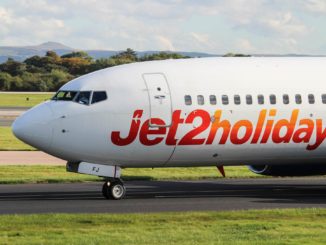

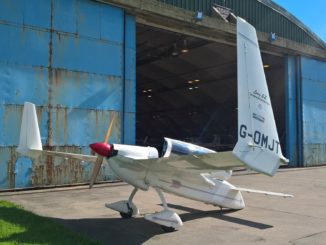
The last passenger B757 although DHL Air are still listed as opetating 5 Freighters.
Correct “last British passenger operator of the Boeing 757”.